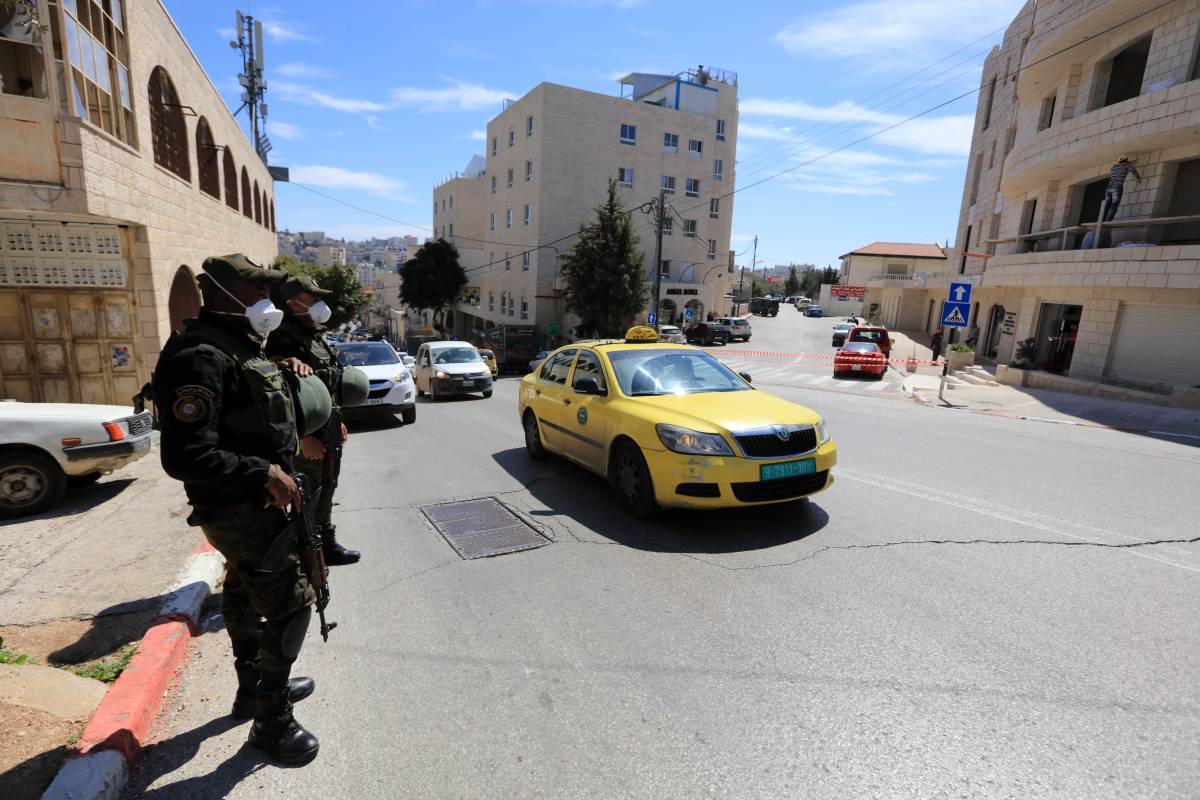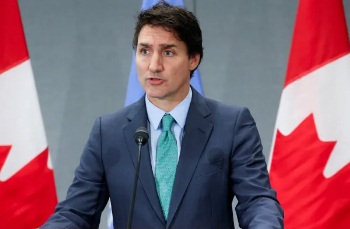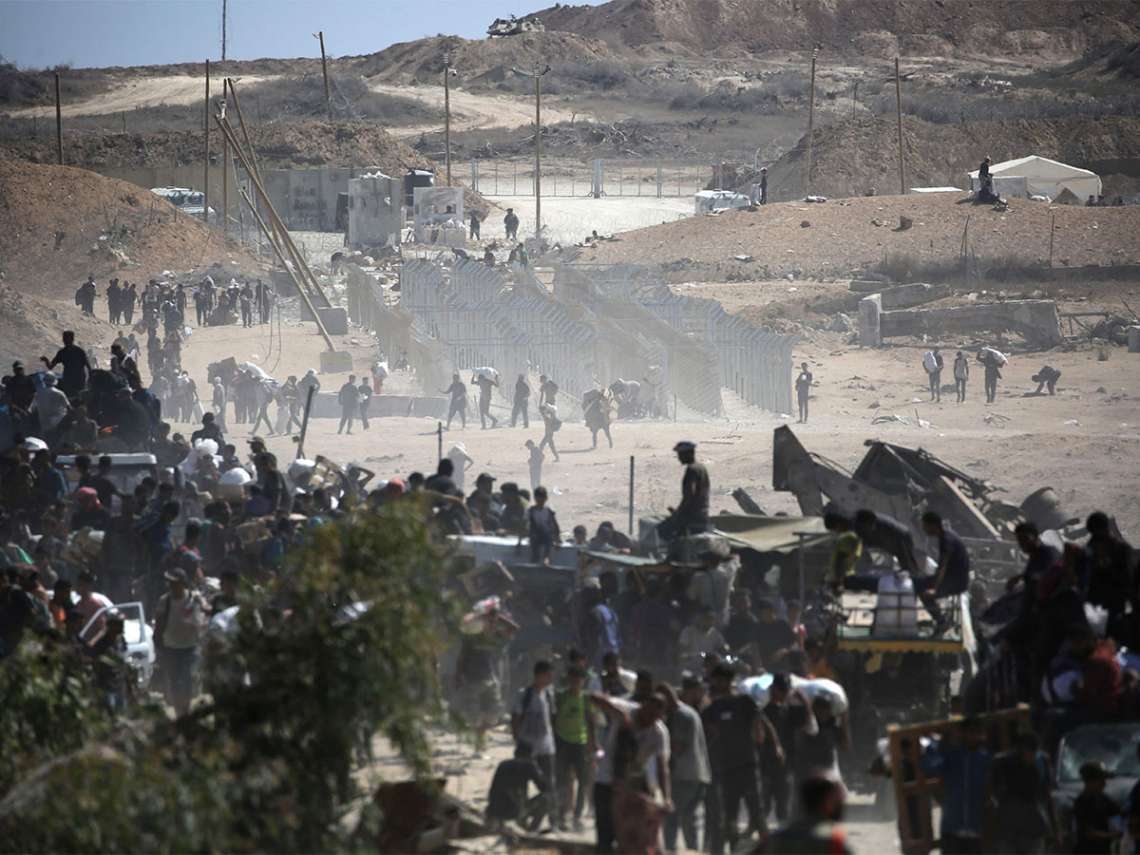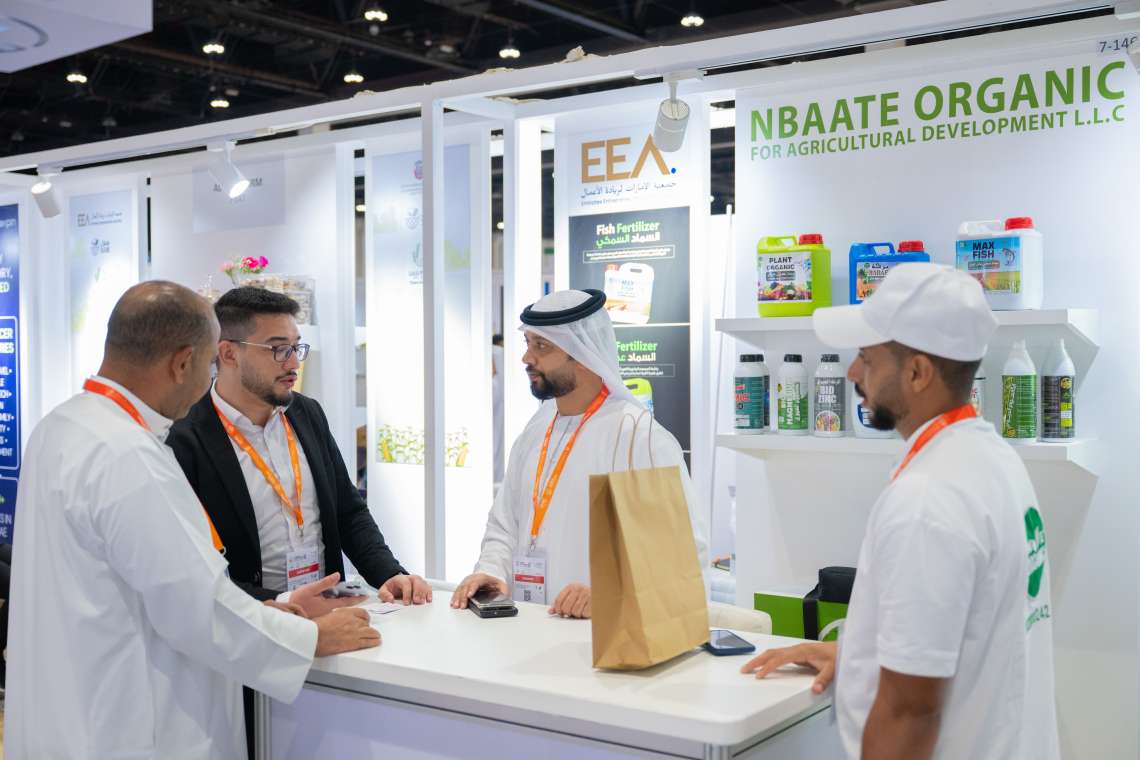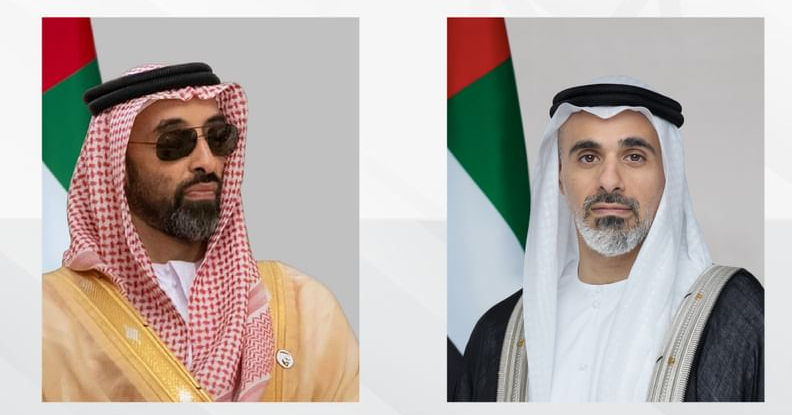ISRO Chairman S Somanath says India’s intelligence level is one of the best in the world…reports Asian Lite News
ISRO Chairman S Somanath on Sunday said experts involved in developing complex rocket missions in the US, after witnessing the developmental activities of Chandrayaan-3 spacecraft, suggested that India share space technology with them.
Times have changed and India is capable of building the best of devices and rockets and that is why India has opened the space sector to private players, he said at an event here.
Somanath was addressing students at an event organised by Dr A P J Abdul Kalam’s Foundation, commemorating the 92nd birth anniversary of the late former President.
“Our country is a very powerful nation. You understand that? Our knowledge and intelligence level in the country is one of the best in the world,” the ISRO chief said, explaining, ”In Chandrayaan-3, when we designed and developed the spacecraft, we invited experts from the Jet Propulsion Laboratory, NASA-JPL, who does all the rockets and most difficult mission.”
He continued: “About 5-6 people from NASA-JPL came (to ISRO headquarters) and we explained to them about Chandrayaan-3. That was before the soft landing took place (on August 23). We explained how we designed it and how our engineers made it…and how we are going to land on the Moon’s surface, and they just said, ‘no comments. everything is going to be good’.”
JPL is a research and development laboratory funded by the National Aeronautics and Space Administration and managed by California Institute of Technology (CALTECH) in the United States of America.
“They (US space experts) also said one thing, ‘look at the scientific instruments, they are very cheap. Very easy to build and they are high technology. How did you build it? Why don’t you sell this to America,’ they were asking,” he said.
”So you (students) can understand how times have changed. We are capable of building the best equipment, best devices, and the best rockets in India,” he added India successfully touched down near the south pole of lunar surface with the Chandrayaan-3’s lander on August 23, making it only the fourth country to achieve the feat of a Moon landing after the US, China and the erstwhile Soviet Union.
Somanath further told the students, ”Now we are telling you people (to) come and build rockets, satellites and make our nation more powerful in space technology. It is not only ISRO, everybody can do it in space. There is one company in Chennai building rockets called Agnikul and another in Hyderabad called Skyroot. At least in India, there are five companies today building rockets and satellites.”
Appealing to the young audience at the venue to follow the ideology of Kalam, Somanath said the most powerful tool is to dream and “Kalam sir told you that you should dream when you are awake and not in the night.”
“Anybody have such dreams? Anybody want to go to the Moon? When we landed Chandrayaan-3 spacecraft on the Moon, I declared to Prime Minister (Narendra Modi) that India is on the Moon. And he asked when are you going to send an Indian to the Moon. So, some of you sitting here will do that job. Some of you will design the rocket which will go to the Moon,” he said.
“And at the launch of Chandrayaan-10, one of you will go sitting inside the rocket and most probably a girl child. A girl astronaut will go from India and then land on the Moon (in Chandrayaan-10 mission)” he said, amid applause from the students.
ISRO to test human space mission’s crew module escape system
Indian space agency will fly the first of the four Flight Test Vehicle Abort Mission-1 (TV-D1) to demonstrate the crew escape system on October 21 as part of its human space mission/Gaganyaan, said a top official.
Speaking to reporters Somanath said the first unmanned test mission TV-D1 will happen on Oct 21. Somanath said there will be three more test flights TV-D2, TV-D3 and TV-D4 to test the systems.
“Preparations for the Flight Test Vehicle Abort Mission-1 (TV-D1), which demonstrates the performance of the Crew Escape System, are underway,” ISRO had said recently. The first development flight Test Vehicle (TV-D1) is in the final stages of preparation. The Test Vehicle is a single-stage liquid rocket developed for this abort mission.
“The payloads consist of the Crew Module (CM) and Crew Escape Systems (CES) with their fast-acting solid motors, along with CM fairing (CMF) and Interface Adapters,” ISRO said. This flight will simulate the abort condition during the ascent trajectory corresponding to a Mach number of 1.2 encountered in the Gaganyaan mission.
ISRO said the Crew Escape System with Crew Module will be separated from the Test Vehicle at an altitude of about 17 km. “Subsequently, the abort sequence will be executed autonomously commencing with the separation of CES (Crew Escape System) and deployment of the series of parachutes, finally culminating in the safe touchdown of CM (Crew Module) in the sea, about 10 km from the coast of Sriharikota,” ISRO said.
ALSO READ-Thousands join pro-Palestine rally in London, Europe




